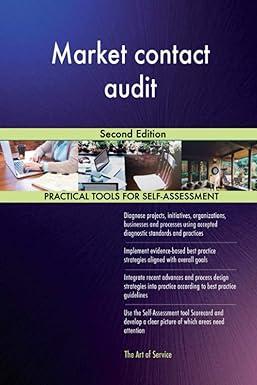Question
Priya, age 51, plans to save $5,000 this year toward retirement. Priya is considering three different investments. First, a nondeductible contribution to a traditional IRA
Priya, age 51, plans to save $5,000 this year toward retirement. Priya is considering three different investments. First, a nondeductible contribution to a traditional IRA earning 5 percent a year. Second, the purchase of a certificate of deposit paying 5 percent annual interest. Third, the purchase of corporate stock paying a 5 percent annual dividend. In each case, Priya will reinvest after-tax earnings. (Each investment will grow at an after-tax rate of return.) Priya anticipates liquidating the investment after 15 years and using the after-tax cash to make a down payment on a condominium.
Determine which investment has the greatest after-tax future value. To compute the future value of a sum invested in year 0, use the discount factors in Appendix A. Simply multiply the sum by (1 discount factor). For example, the future value of $100 invested at 9 percent after 5 years is $154 [$100 1.538 (1 .650 discount factor)]. In making your computations, assume that over the 15-year investment period, Priyas combined federal and state tax rate is 20 percent on ordinary income and 10 percent on dividends.
Step by Step Solution
There are 3 Steps involved in it
Step: 1

Get Instant Access to Expert-Tailored Solutions
See step-by-step solutions with expert insights and AI powered tools for academic success
Step: 2

Step: 3

Ace Your Homework with AI
Get the answers you need in no time with our AI-driven, step-by-step assistance
Get Started


